The Largest Ever Roman Mosaic Unearthed In Southern Turkey
MessageToEagle.com – Ancient floor mosaic art is dated to the second half of 3rd millennium BC.
Many beautiful examples of mosaic floor have already been found, for example at Hadrian’s villa, the mosaics in ancient Pompeii, the villa at Piazza Armerina in Sicily and of course the numerous mosaics at Antioch (3rd Century AD).
Now, archaeologists from the University of Nebraska-Lincoln have discovered the largest Roman mosaic ever found in southern Turkey.
It’s a meticulously crafted, 1,600-square-foot work of decorative handiwork built during the region’s imperial zenith.
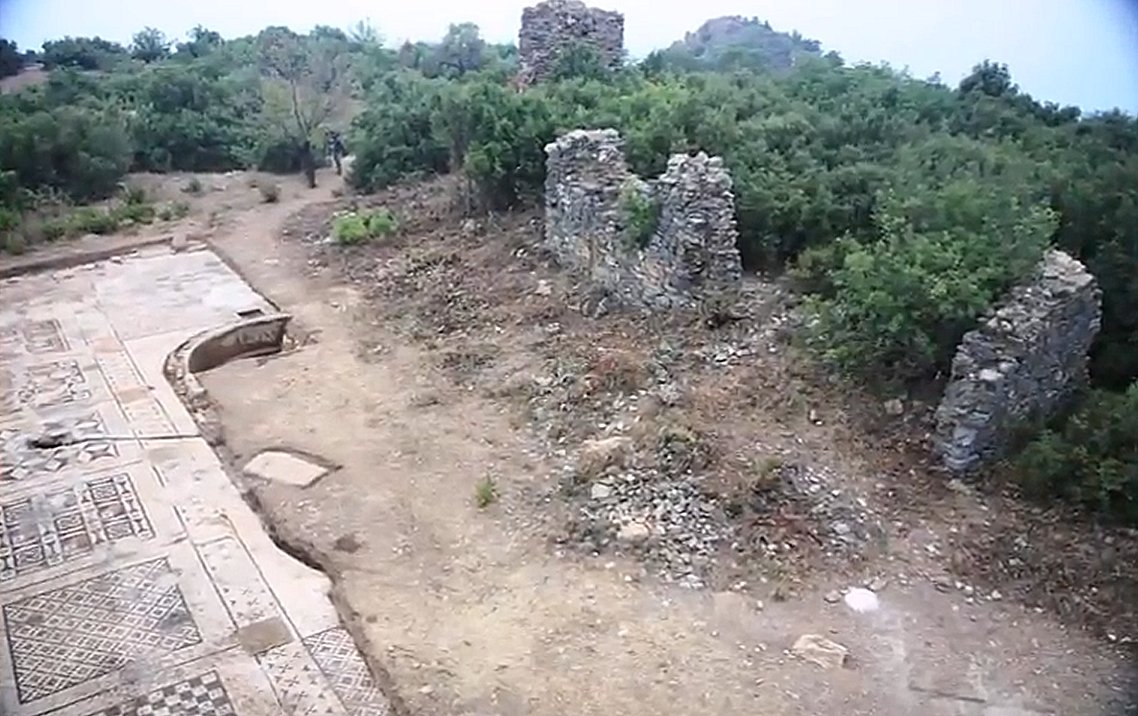
“It’s believed to be the largest mosaic of its type in the region and demonstrates the reach and cultural influence of the Roman Empire in the area in the third and fourth centuries A.D.,” said Michael Hoff, Hixson-Lied professor of art history at UNL and the director of the excavation.
Since 2005, Hoff’s team has been excavating the remains of the ancient city of Antiochia ad Cragum on the southern Turkish coast. Antiochus of Commagene, a client-king of Rome, founded the city in the middle of the first century. “This region is not well understood in terms of history and archeology,” Michael Hoff, Hixson-Lied professor of art history at UNL and the director of the excavation said.
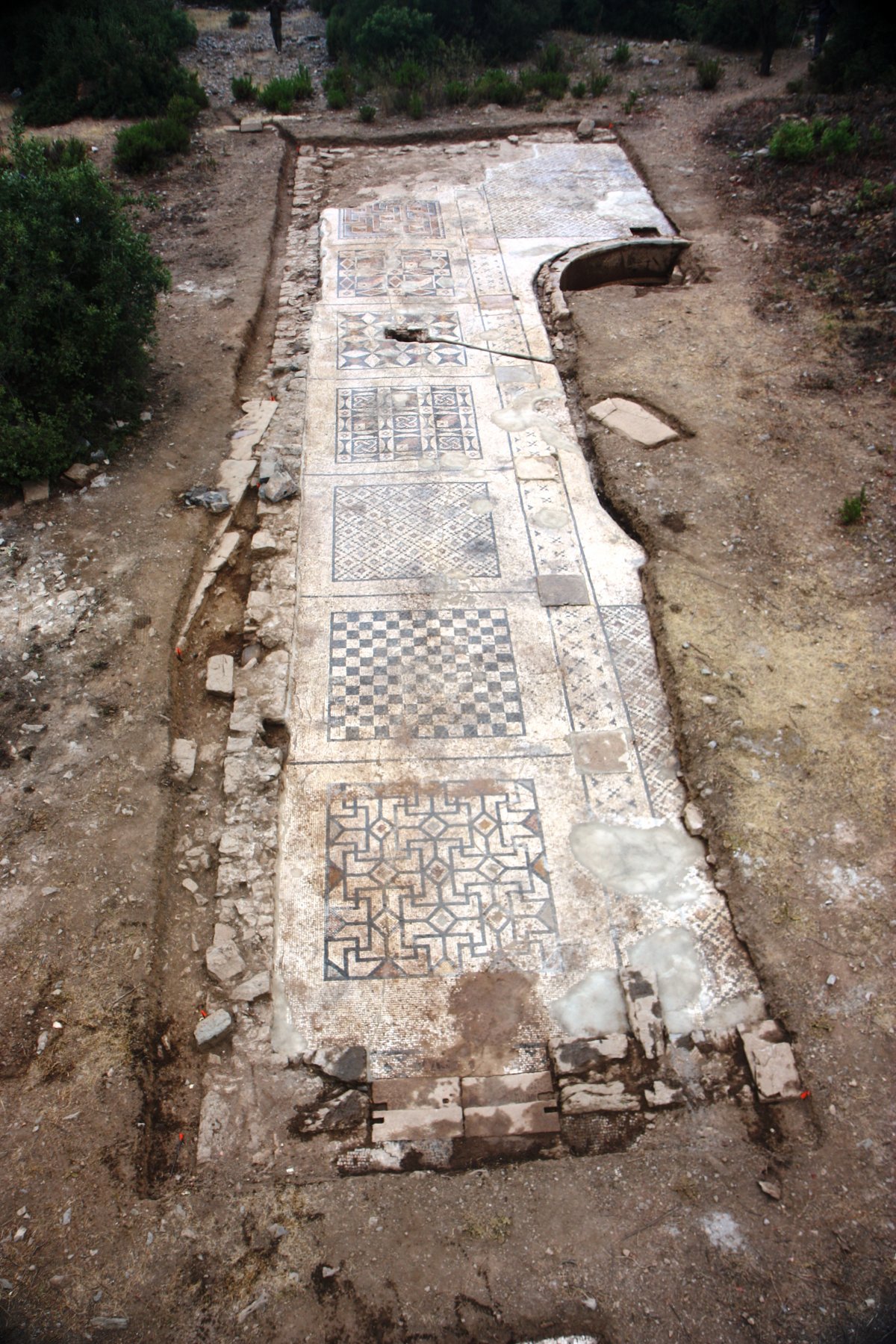
“It’s not a place in which archaeologists have spent a lot of time, so everything we find adds more evidence to our understanding of this area of the Roman Empire.
Antiochia ad Cragum was an ancient Hellenistic city on Cragus mountain overlooking the Mediterranean coast, in the south coastal region of Asia Minor, south of the central Anatolian plateau.
It had temples, baths, markets and colonnaded streets, and thrived during the empire from an economy focused on agricultural products, especially wine and lumber.
“It’s believed to be the largest mosaic of its type in the region and demonstrates the reach and cultural influence of the Roman Empire in the area in the third and fourth centuries A.D.”
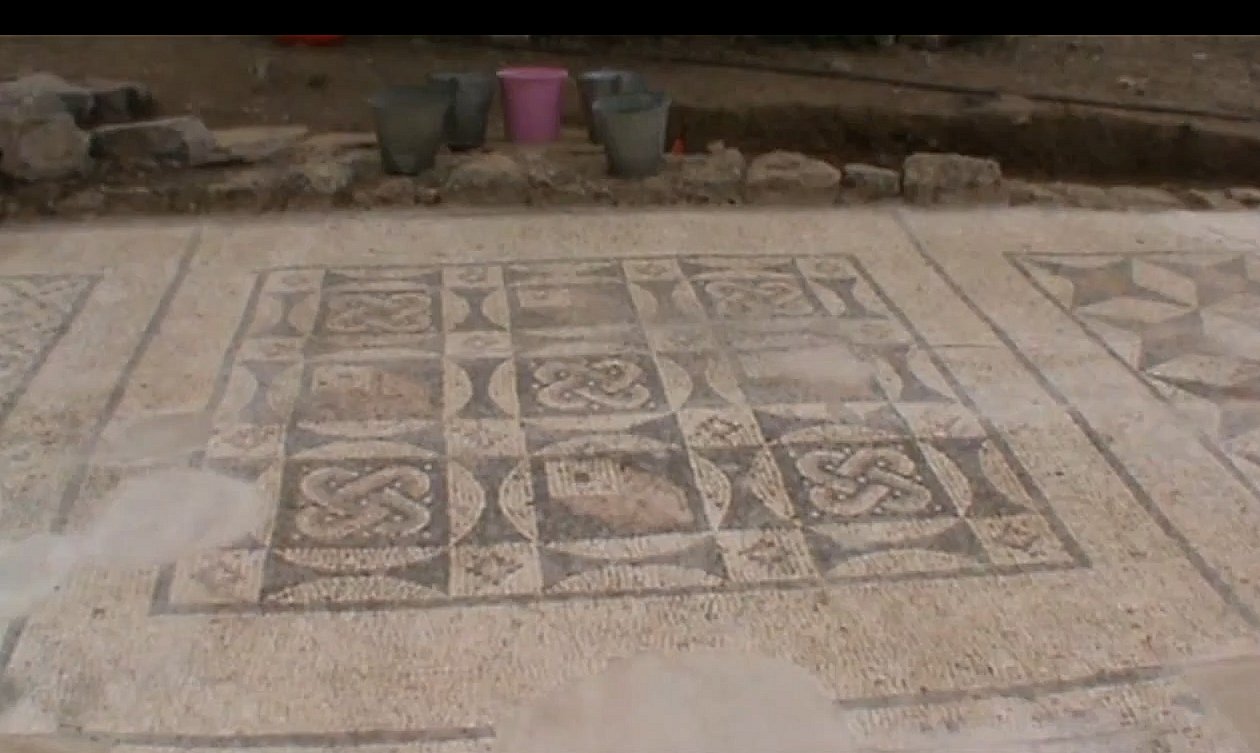
Excavation has focused on a third-century imperial temple, and also a colonnaded street lined with shops. In July, the team began to explore the mosaic, which was part of a Roman bath. The decoration consists of large squares, each filled with different colored geometric designs and ornamentation.
“It appears the mosaic served as a forecourt for the adjacent large bath, and that at least on one side, evidence shows there was a roof covering the geometric squares that would have been supported by piers.”
“Those piers’ remains are preserved,” Prof Hoff said.
Meanwhile, the middle of the mosaic was outfitted with a marble-lined, 25-foot-long pool, which would have been uncovered and open to the sun. The other half of the mosaic, adjacent to the bath, has yet to be revealed but is expected to contain the same type of decoration, Hoff said.
MessageToEagle.com
Related Posts
-
 The First Conservationists May Have Been Early Pacific Islanders Who Started The Practice 3,000 Years Ago
No Comments | Sep 29, 2021
The First Conservationists May Have Been Early Pacific Islanders Who Started The Practice 3,000 Years Ago
No Comments | Sep 29, 2021 -
 Possible Viking Boat Burials Discovered On The Isle Of Mull
No Comments | Sep 12, 2022
Possible Viking Boat Burials Discovered On The Isle Of Mull
No Comments | Sep 12, 2022 -
 DNA Sheds Light On Ancient History Of Dogs All The Way To The Ice Age
No Comments | Oct 30, 2020
DNA Sheds Light On Ancient History Of Dogs All The Way To The Ice Age
No Comments | Oct 30, 2020 -
 Denisovans: Ancient Teeth Reveal More Ancient Secrets Of Human Relatives
No Comments | Nov 18, 2015
Denisovans: Ancient Teeth Reveal More Ancient Secrets Of Human Relatives
No Comments | Nov 18, 2015 -
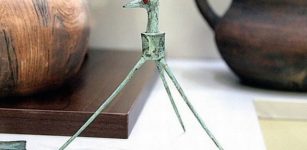 ‘Oldest Children’s Toy in Europe’ – Late Bronze Age Thracian Toy Stork – Discovered
No Comments | May 7, 2015
‘Oldest Children’s Toy in Europe’ – Late Bronze Age Thracian Toy Stork – Discovered
No Comments | May 7, 2015 -
 Ancient Liangzhu Culture Collapsed Due To Climate Change – New Study Says
No Comments | Nov 25, 2021
Ancient Liangzhu Culture Collapsed Due To Climate Change – New Study Says
No Comments | Nov 25, 2021 -
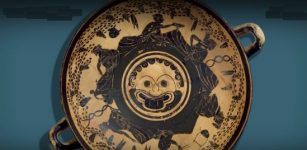 Funny Animation Shows 2,500-Year-Old Greek Party Depicted On Vase
No Comments | Sep 20, 2016
Funny Animation Shows 2,500-Year-Old Greek Party Depicted On Vase
No Comments | Sep 20, 2016 -
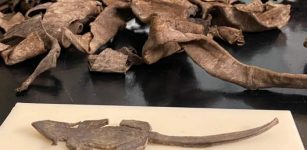 Roman Leather Toy Mouse Found At Vindolanda
No Comments | Jun 17, 2023
Roman Leather Toy Mouse Found At Vindolanda
No Comments | Jun 17, 2023 -
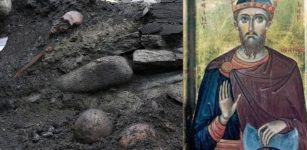 Altar Of Miracle-Making Viking King Discovered In Norway
No Comments | Nov 23, 2016
Altar Of Miracle-Making Viking King Discovered In Norway
No Comments | Nov 23, 2016 -
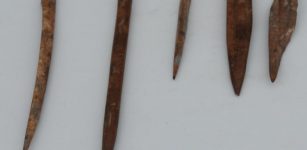 8,200-Year-Old Needles Unearthed In Turkey’s Izmir
No Comments | Jul 16, 2022
8,200-Year-Old Needles Unearthed In Turkey’s Izmir
No Comments | Jul 16, 2022
